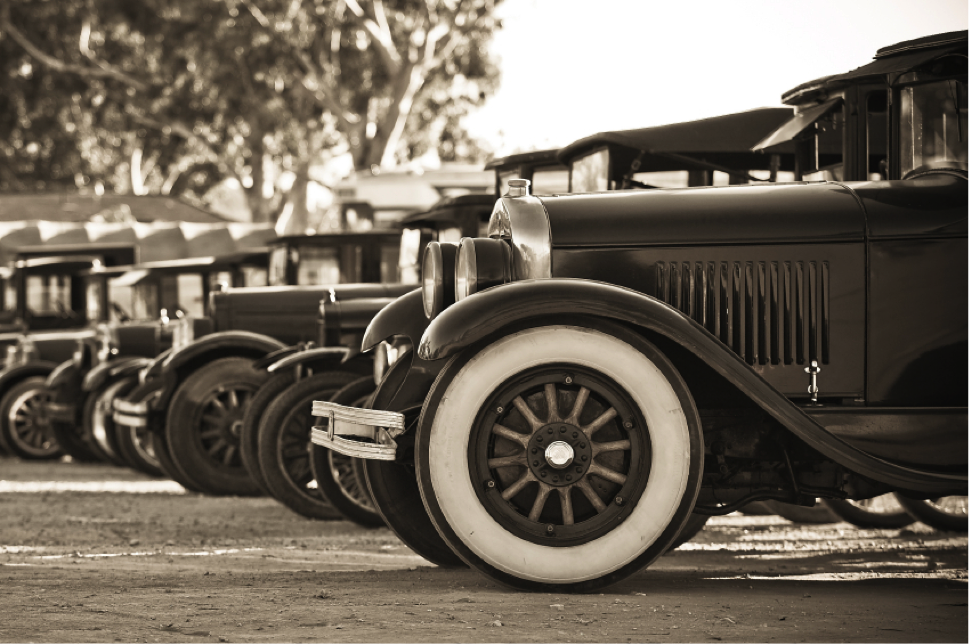
On February 12 1908, 250,000 spectators crowded into Times Square to witness the start of one of the most famous events in car history: the great New York to Paris Race. Stretching for 22,000 miles and crossing three continents, the proposed route was designed to pass through a range of countries including the U.S., Canada, Russia, and Germany, before crossing the finish line in Paris.
Read on if you’re interested in learning a little more about the history of automobiles and auto racing in North America!
Cars at the Cutting Edge of Automobile Technology in 1908
Of the six cars at the starting line, three of them – the Moto-Bloc, Sizaire-Naudin, and De Dion-Bouton – were from France. The remainder of the lineup consisted of Italy’s Brixia-Züst, the Protos from Germany, and the sole American entry, the Thomas Flyer.
All but one of the race cars had a four-cylinder engine that boasted then-impressive horsepower ranging from 15 to 60. On the smaller end of the scale sat the 3,300-pound Sizaire-Naudin with its 1-cylinder engine. Meanwhile, the custom-built German Protos weighed in at 6,000 pounds. The heaviest car in the race was the French Moto-Bloc, which totalled a whopping 6,600 pounds. Any automotive service technician working today might recognize this as a huge leap in comparison to modern vehicles, which only weigh about 4,000 pounds.
The Automobile Race of the Century
Early in the race, several cars couldn’t make the cut. The Sizaire-Naudin broke down on the first day, and a few months later another French car – the Moto-Bloc – dropped out when the team was caught trying to ship their broken vehicle to San Francisco.
Eventually, the American car driven by George Schuster began taking the lead, with the help of fans along the route who volunteered to help dig out the car when it got stuck. Shuster reached Alaska before any of the other competitors, but after scoping out the terrain, he realised that driving through the country might be impossible. When the other teams learned that driving through Alaska was too difficult, the rules of the race were changed to allow competitors to ship their cars across the ocean.
By the time the cars in the race reached Europe, the German team was in the lead. Schuster was in second place and the Italian team brought up the rear. On July 26, the German Protos was the first to cross the finish line into Paris—but the team was given a 30 day penalty for shipping their car part of the way.
Four days after the German team completed the race, George Schuster drove the Flyer across the finish line—the only car to drive entire distance from New York. The Americans had won the race.
Auto Mechanics in the Race
As current students and graduates from auto technician programs will know, learning how to become a mechanic takes time and hard work. As a result, it was easier in 1908 for the famous drivers in the race (one of whom had never even driven a car before!) to have a professional mechanic that could work on repairs during pit stops. These mechanics worked tirelessly, and even drained the radiators each night to prevent them from freezing in the harsh winter conditions up North!
Would you like to start a rewarding career as an auto technician? Visit the Automotive Training Centre website for more information or to speak with an advisor.


